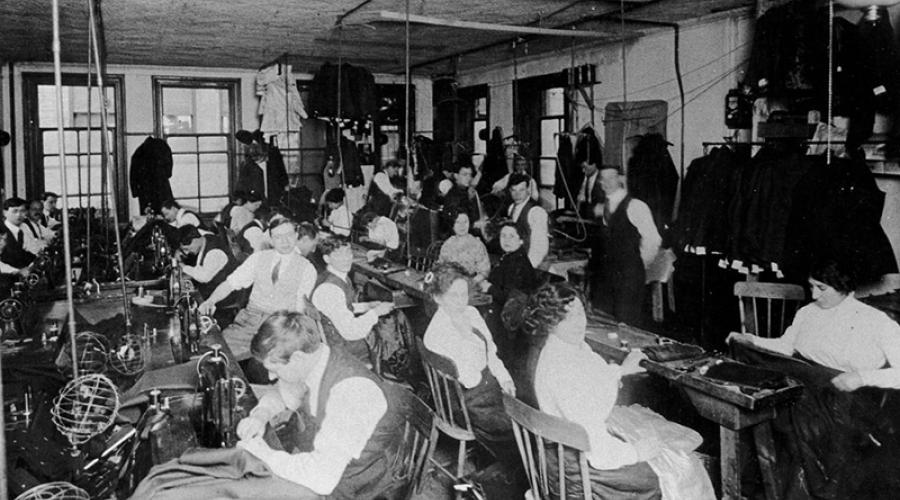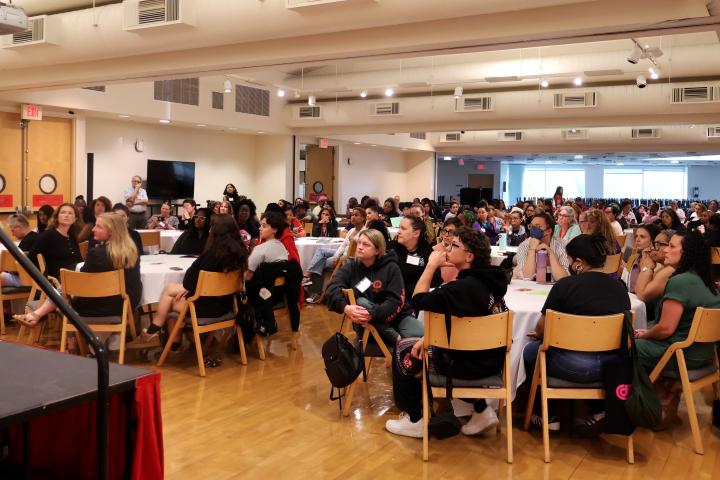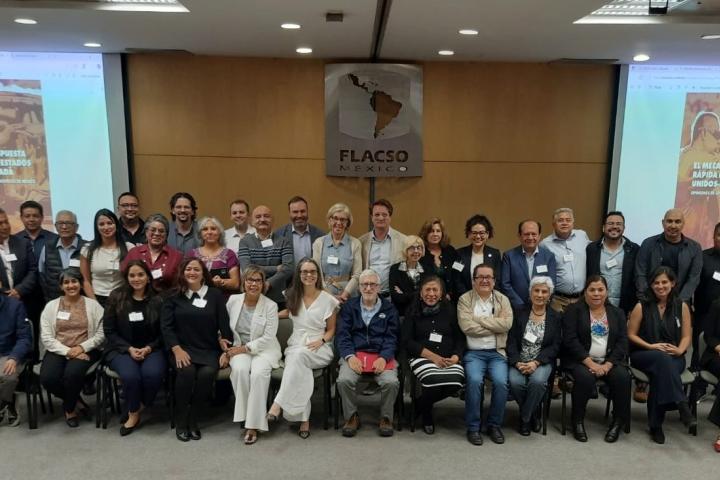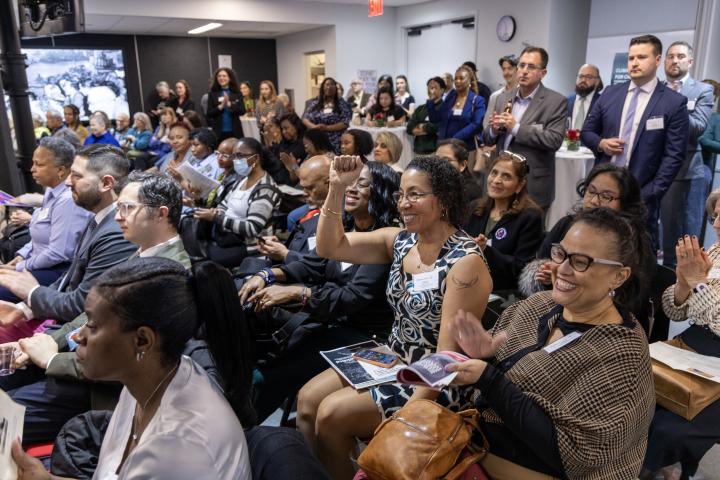
Remembrance and Activism United
Marking the 107th anniversary of the Triangle Fire tragedy, a turning point in labor history and law, the event will both remember its victims and focus on a new generation of activists who organize against global sweatshops.
Speakers at the March 26 event include ILR Professor Emeritus Nick Salvatore and artist Ruth Sergel, the organizer of the centennial commemoration of the Remember the Triangle Fire Coalition.
The program, at the Center for Jewish History at 15 W. 16th Street in Manhattan, will begin at 6:30 p.m. on Monday, March 26.
Sponsors include Cornell’s Jewish Studies Program, the ILR School, the Center for Jewish History and the American Jewish Historical Society. Tickets are available at https://tinyurl.com/triangle2018 and information is available at https://www.facebook.com/events/163833594406065.
One day earlier, on Sunday, March 25, activists will participate in “CHALK,” remembering the 146 dead by writing their names on the sidewalks in front of their addresses in the Lower East Side, Little Italy and elsewhere, and engaging passersby in conversation about the fire and contemporary worker safety issues.
On March 25, 1911, it was almost closing time for the Triangle Shirtwaist Company when the fire broke out. Many of the primarily immigrant young Jewish and Italian women, along with a few men working in the Asch Building on Washington Place in Greenwich Village were trapped; one door of what might have been a ninth-floor escape route was locked because management feared pilferage of cloth.
Eighteen minutes after the fire erupted, 146 workers were dead.
The Triangle Fire was the worst industrial disaster in New York history. It spurred labor organizers and others to enact progressive legislation and shaped debate on building codes and factory regulations.
Over 100 years later, its impact remains vibrant.
Cheryl Beredo, director of the Kheel Center for Labor-Management Documentation and Archives, will join Salvatore and Sergel in a discussion moderated by Jonathan Boyarin, Cornell’s Paul and Bertha Hendrix Director of Jewish Studies and Diann G. and Thomas A. Mann Professor of Modern Jewish Studies, in the departments of Anthropology and Near Eastern Studies.
According to ILR Professor Ileen DeVault, director of The Worker Institute at Cornell and an ILR labor history professor, “The workers were locked in for their work day, so they could not get out through the doors.”
The women burned in the fire or jumped from the windows to die on the sidewalk below, she said.
“This raised public consciousness and reformers were successful in demanding factory inspection laws to inspect things such as fire escapes and whether doors were locked,” DeVault added.
Salvatore said the fire helped build the U.S. labor movement.
“Triangle is important by itself, but it does not stand alone because it is part of a process that activated people across generations,” he noted.
“Triangle is not the only thing that happened in New York. You cannot canonize it. It is part of a process.”
Salvatore added that the Triangle Fire galvanized others, including eyewitness Frances Perkins, who would go on to become the fourth U.S. Secretary of Labor and first woman appointed to a U.S. presidential cabinet. Perkins presented her recollections of the fire in a lecture she gave in 1964 while teaching at ILR.
The Kheel Center, in the ILR School and part of the Cornell University Library Catherwood Library, is the world’s gateway to the records of the Triangle Fire. Its archives are available through a website first published in 1998.
The current website has been viewed by over 6.3 million visitors since it was launched in 2011. The website is included in the New York State K-8 Social Studies Framework, according to Patrizia Sione, research archivist at the Kheel Center, and many visitors are schoolchildren and teachers.
The commemoration of the 1911 victims, combined with activism for workers in places like Bangladesh, where more than 100 textile workers perished in 2012, makes for an especially meaningful event, said Jewish Studies Program Visiting Lecturer Elissa Sampson. “They come together here.” A building collapse, also in 2012 in Bangladesh, took the lives pf 1,100 workers.
One of the most poignant event traditions, she said, is the participation of the New York City Fire Department, whose rescue ladders could not quite reach the fire victims. At the commemoration at the former Asch building, which is now part of New York University, the neighborhood hushes, and “Amazing Grace is played as a department ladder is raised to the seventh floor, and a lone fireman climbs the ladder, removes his hat and bows his head in mourning.”



